Mocap
Objective
Name the key principle that has remained unchanged in the history of motion capture
Explain key terminology relating to motion capture
Identify the types of motion capture systems available and outline advantages and disadvantages
Describe some applications of motion capture, in particular in Psychology
Using an inertial system, describe the process of data collection and data processing
How can we describe movement?
We can use: lively vs agitated
but not precise and reliable
Definition of motion capture: Recording the motion as 3d data for analysis, playback and remapping

usually interchangeably
A few keywords
rigid object
Degree of freedom (DOF): numbers of dimensions that are tracked: position & orientation = 3 directions +3 orientations =6 DOF
Kinematic model
Sample rate: how often (per second are data collected). Note that any analyses of movement from a recording/video (e.g. markerless MoCap) is constrained to the framerate of the video.
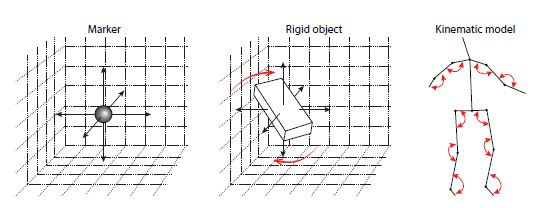
A co-lab link https://tinyurl.com/5h2yb6n2
Neuroimaging of ASD II (COGNITIVE NEUROSCIENCE OF AUTISM SPECTRUM DISORDERS)
Objectives
- Classify the main diagnostic criteria of autism spectrum disorders (ASD)
- Describe different factors of heterogeneity in ASD
- Explain and summarise current as well as future strategies to overcome the problem of individual variability in ASD using cognitive neuroscientific approaches
Autism spectrum disorders (ASD)
Prevalence: 1% of more than 5.5 million in EU; Gender ratio: 4:1 male to female.
Diagnosis: Neurodevelopment diagnosis.
Individual variability among clinical and cognitive symptoms
Neuroimaging findings across the lifespan
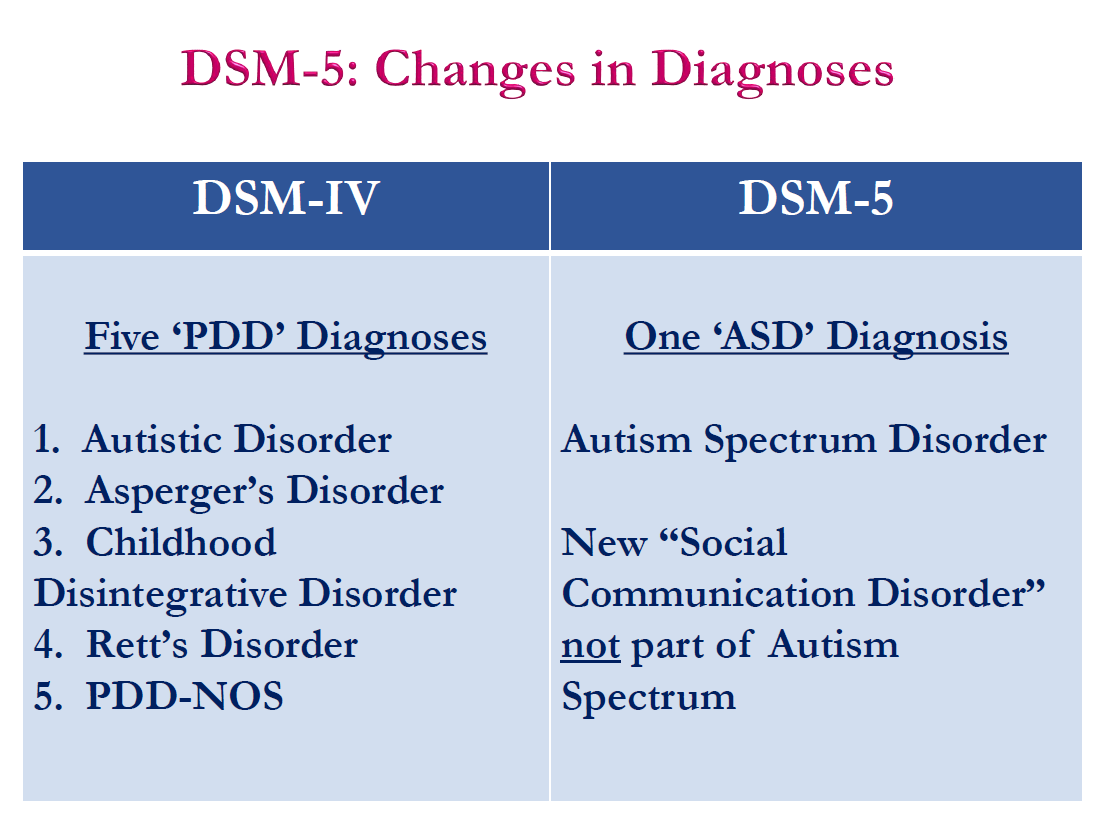
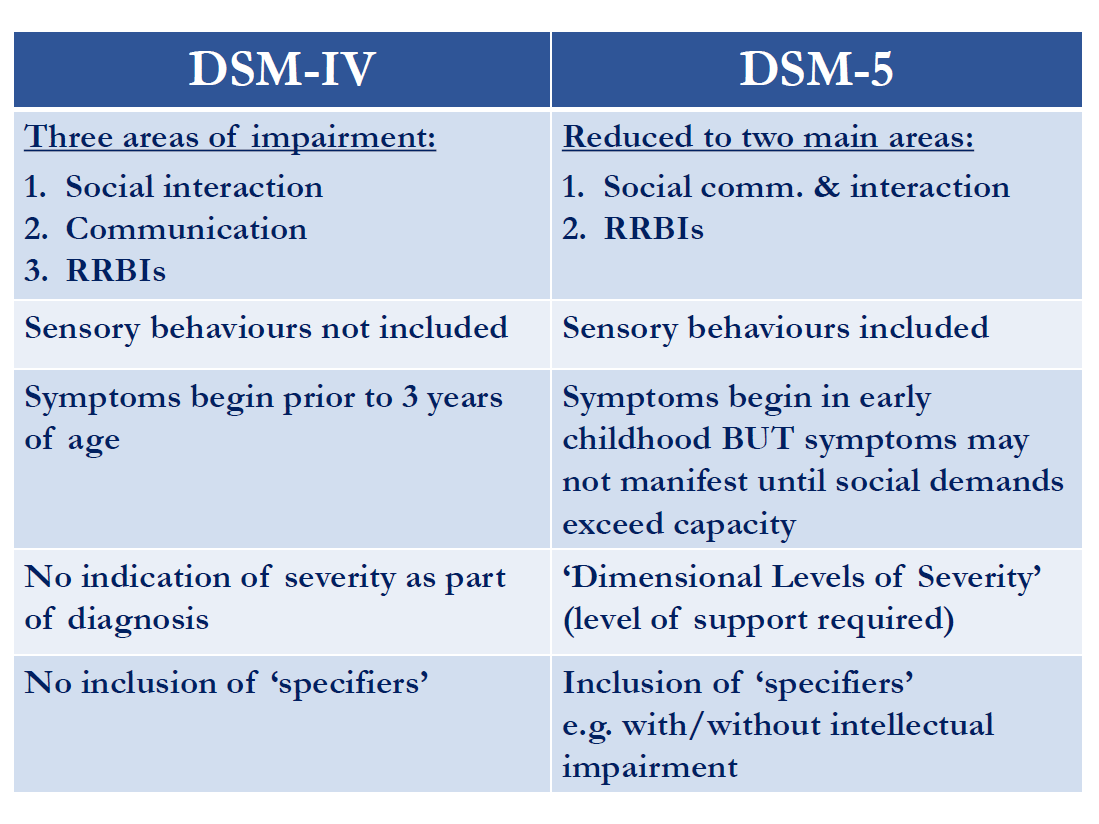
Excitotoxicity in brains of individuals with ASD due to an excess of Glutamate
Glutamate and/or Gamma aminobutyric acid (GABA) markers could become a biomarker for ASD
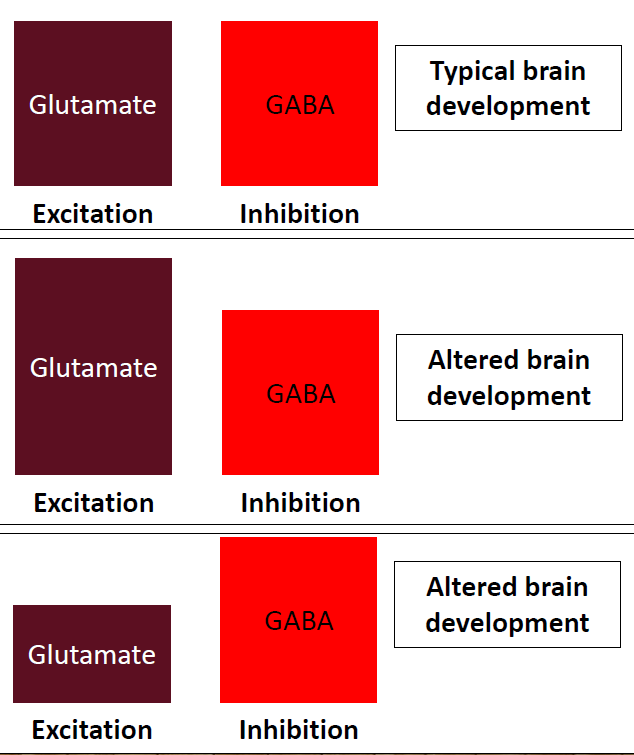
LONGITUDINAL EUROPEAN AUTISM PROJECT (LEAP)
AIMS-2-TRIALS AND LEAP
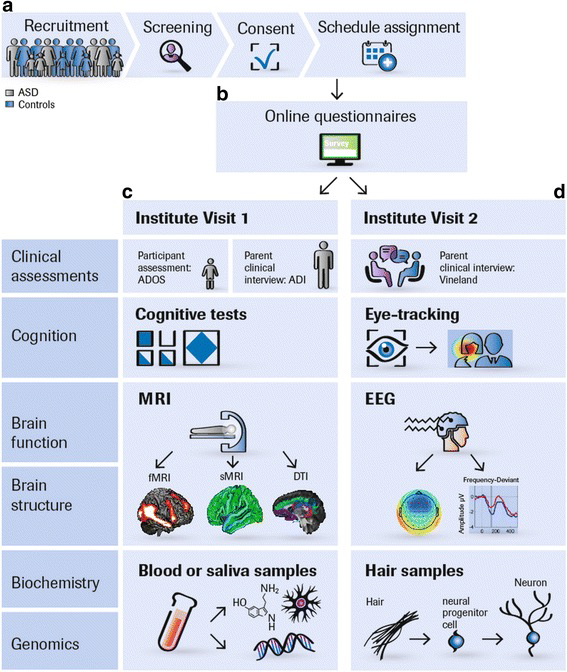
Summary
ASD
- Relatively common and dimensional condition
- Lifelong condition
- Underdiagnosed in females
- Typically accompanied by co-occurring mental health conditions
- Multi-factorial risk factors and causes
- Neurodevelopmental disorder
Clinical and research approaches have changed accordingly
- Greater awareness of heterogeneity
- Increasing emphasis on large sample size
- Use of autism trait measures with subclinical groups
Neuroimaging research
- Revealed brain phenotypes associated with ASD across the lifespan
- Evidence for brain overgrowth, alterations in brain volume, structural and functional patterns
Future research
- Lack of understanding of the underlying neurobiological mechanisms -No evidence in treatment yet
- Use of new technology to include individuals with ASD with intellectual and/or language impairments
- Address the historical imbalance in participant gender
- Study ASD in low and middle income countries
- Balance big data with deep phenotyping as well as prediction tools for predicting diagnostic and dimensional outcomes
Vocabulary
PDD: pervasive developmental disorder
RRBIs: Restricted and repetitive behavioural interests


